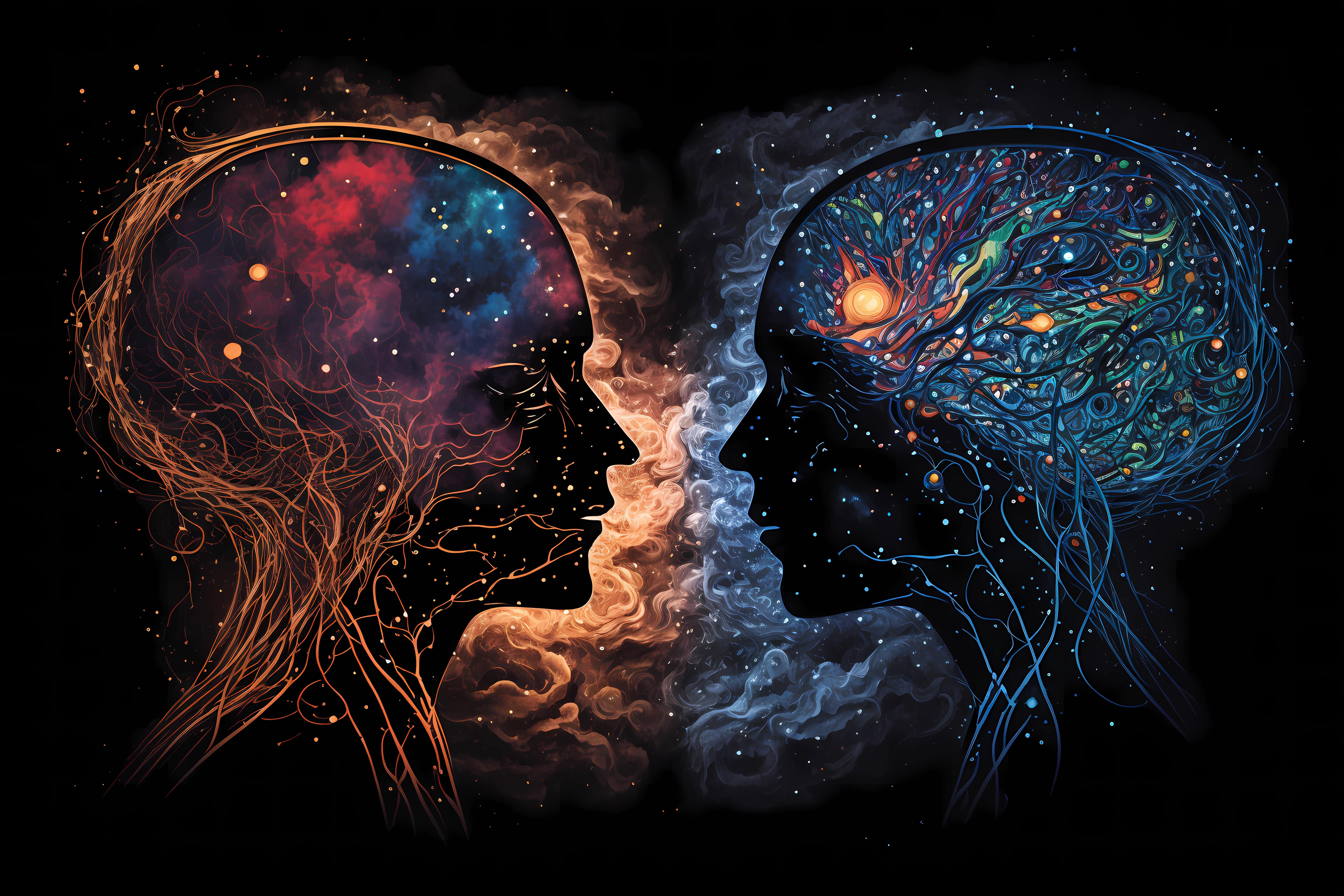
Left Brain vs Right Brain
Is There Really a Difference?
The phrase “left and right brain” refers to the anatomical halves, or hemispheres, of your brain. Both sides of the brain collaborate to handle major functions such as language processing and vision. But they are also, to a degree, specialized. Some areas of the brain are more active than others during particular tasks, and one hemisphere may be more involved than the other in specific parts of a larger mental operation.
What are some key functions of the left brain?
The left brain is used in language processing, ordering words during speech. In visual perception, the left brain registers the locations of objects in space relative to other objects.
What are some functions of the right brain? Like the left brain, the right brain supports language, including processing the correct meaning of a set of words with more than one possible implication (for example in the case of figurative speech). In visual perception, the left brain processes the distance between objects.
Left-brain vs. right-brain theory
In the 1960s, the neurobiologist Roger W. Sperry suggested that all people are either right-brain dominant or left-brain dominant. He posited that the dominant side of their brain determined their personality, thoughts, and behaviour. Due to the different functions of the two brain hemispheres, the idea that people can be left-brained and right-brained is tempting.
According to the dated theory, left-brained people are more:
analytical
logical
detail-and fact-oriented
numerical
likely to think in words
By contrast, the theory suggests that right-brained people are more:
creative
free-thinking
able to see the big picture
intuitive
likely to visualize more than think in words
Nielson et al. (2013)set out to test this premise. The team of neuroscientists found no proof that this theory is correct.
Magnetic resonance imaging of 1,000 people revealed that the human brain does not favour one side over the other. The networks on one side aren’t generally stronger than the networks on the other side. They found that although the two sides function differently, they work together and complement each other. You don’t use only one side of your brain at a time. Whether you perform a logical or creative function, you receive input from both sides of your brain.
For example, people credit the left brain with language, but the right brain helps you understand context and tone. The left brain handles mathematical equations, but the right brain helps with comparisons and rough estimates.
Maintaining a Healthy Brain
Whether you feel that you are the creative type or analytical, there are things that you can do to help keep your mind sharp and your brain healthy.
Ongoing Learning: Hotz et al. (2021) found that people who are mentally active and work in mentally challenging roles that involve ongoing learning, such as academics, tend to have better brain health.
Healthy Diet: Nutrition plays a key role in brain health. Avoiding too much sugar is key. Try to maintain a balanced diet with fruits, vegetables, healthy fats, lean proteins, and complex carbs.
Sleep: Good quality sleep is essential to brain health and mental function. Practicing healthy sleep habits and sticking to a regular sleep-wake schedule can help to maintain your brain health.
Socialise: Good social support is vital for psychological wellbeing and has positive impacts on brain health.
Exercise: Regular exercise has a protective effect on cognition and brain health as people age (Tyndall et al., 2018).
Author: Louise Nixon, Psychologist and Digital Wellbeing Manager at Wrkit






.jpg)









